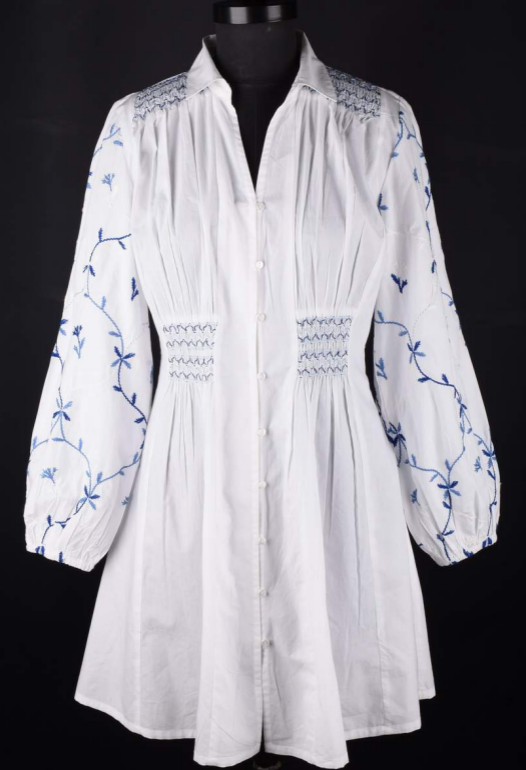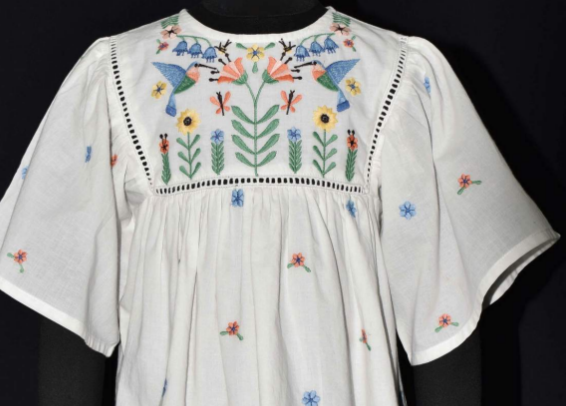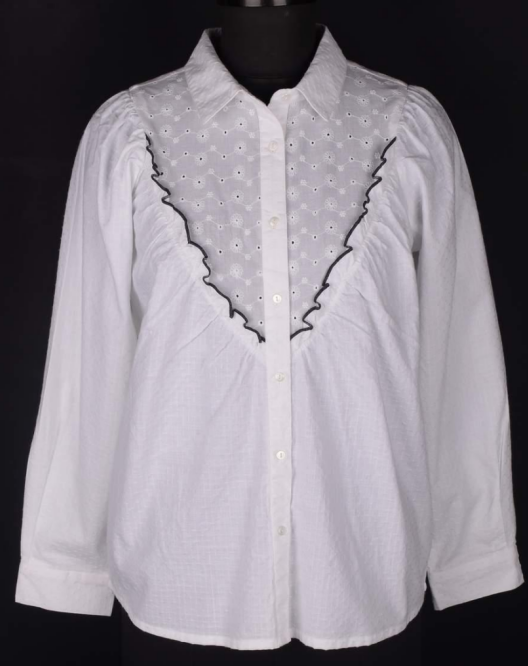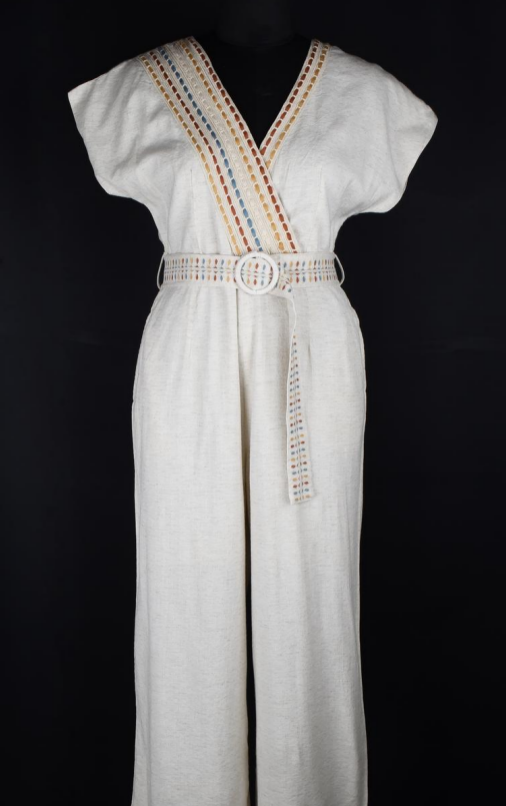A Deep Dive Into Viscose Vs. Other Fabrics: What Europe Prefers In 2025

The European fashion and textile industry is entering a new era where sustainability, comfort, and quality are at the forefront of consumer preferences. In 2025, viscose is emerging as one of the most talked-about fabrics, offering a luxurious feel while aligning with eco-conscious values. But how does viscose stack up against other popular fabrics like cotton, polyester, and linen? Let’s explore why Europe is leaning toward viscose and how this shift is influencing global textile trade.
Why Viscose Is Winning Hearts in Europe
Viscose is often described as “artificial silk” because of its soft texture, beautiful drape, and natural sheen. Unlike purely synthetic materials, viscose is derived from cellulose—a natural polymer found in wood pulp—which gives it a breathable and lightweight quality. European consumers are increasingly attracted to fabrics that combine comfort with a lower environmental impact, and viscose fits perfectly into this narrative.
The growing popularity of viscose in Europe also reflects changing lifestyles. As fashion brands focus on versatile and easy-to-maintain apparel, viscose has become a preferred choice for dresses, blouses, and resort wear. The fabric’s ability to absorb dyes effectively also makes it a favorite for designers looking for vibrant and long-lasting colors.
How Viscose Compares to Other Fabrics
Europe’s fashion market has always been diverse, with fabrics like cotton, polyester, silk, and linen dominating different segments. However, 2025 trends show a noticeable tilt toward viscose.
-
Cotton vs. Viscose: Cotton remains a staple, but its cultivation is resource-intensive, especially in terms of water use. Viscose offers similar breathability with a lighter environmental footprint when sourced sustainably.
-
Polyester vs. Viscose: Polyester dominates fast fashion due to its affordability and durability, but it’s a synthetic, petroleum-based fiber. Eco-conscious European consumers prefer viscose for its natural origin and biodegradability.
-
Linen vs. Viscose: Linen is sustainable and stylish but often expensive and prone to wrinkles. Viscose provides an affordable alternative with a similar aesthetic appeal, making it popular for everyday wear.
-
Silk vs. Viscose: While silk remains a luxury choice, viscose provides a comparable texture and sheen at a fraction of the cost, making it accessible for mass-market fashion.
This comparative advantage is why many fashion houses and buyers across Europe are prioritizing viscose in their sourcing strategy.
The Role of Global Manufacturers in Meeting Europe’s Demand
The demand for viscose in Europe has created opportunities for global textile producers. Many export houses in India and leading garment manufacturers are focusing on sustainable production practices to cater to eco-conscious European buyers. Indian manufacturers are leveraging their expertise in fabric innovation, dyeing techniques, and design capabilities to provide world-class products at competitive prices.
Additionally, India’s reputation as a top readymade garments manufacturer makes it a key player in the European textile supply chain. With the EU’s increasing emphasis on ethical sourcing, Indian factories are investing in certifications and adopting eco-friendly manufacturing processes to meet strict European standards.
The Future of Viscose in Europe’s Fashion Landscape
Europe’s preference for viscose reflects a larger movement toward sustainable fashion. In 2025, buyers are looking beyond trends; they’re making conscious choices that support a circular economy. Fashion brands are expected to continue blending viscose with other eco-friendly materials, offering consumers stylish garments that are both luxurious and environmentally responsible.
For businesses, this trend highlights the importance of partnering with trusted suppliers who can deliver both quality and compliance. Indian manufacturers are uniquely positioned to serve this market with their robust infrastructure and commitment to innovation.
Conclusion
As Europe embraces viscose for its sustainability, comfort, and versatility, global suppliers are stepping up to meet this demand. Indian manufacturers are playing a pivotal role in this evolution, helping brands create garments that reflect the values of today’s eco-conscious consumers.
At Cheer Sagar, we are proud to be a trusted partner for fashion brands worldwide. With decades of expertise in textile manufacturing and a deep understanding of European fashion trends, we provide premium fabrics and apparel solutions that align with the global movement toward sustainable fashion.
Related Blog
5 Sustainable Practices Regularly Used In Wholesale Women's Apparel Manufacturing
Sustainability is amazing because it makes a positive impact on the environment without causing any pain to manufacturers. It is...
Women’s Everyday Wear Essentials You Must Produce To Grow Your Brand In 2023
As a clothing brand in 2023 starting a women’s everyday wear line is one of your best ways to...
An Ode To Apparel Manufacturers - The Heroes Behind Your Clothes
Clothes are a basic human necessity. It protects you against the agents of weather and lets you protect your...




